Post Nasal Drip Treatment & Symptoms | पोस्ट नेजल ड्रिप | गले में बार बार बलग़म बनना पूर्ण इलाज | पोस्ट नेज़ल ड्रिप के लिए सबसे अच्छा क्या है?
- 20.18K
- 4 years ago
Dr. Raman Abrol
Dr. Raman Abrol
Post Nasal Drip Treatment & Symptoms | पोस्ट नेसल ड्रिप कितने समय तक चल सकती है? | गले में बार बार बलग़म बनना कारण लक्षण?
Post nasal drip treatment & symptoms, In this video, Dr. Raman Abrol, ENT Specialist, talks about Post nasal drip. Mucus dripping at the back of the neck, which we call postnasal drip, is a widespread problem. We can say that every second or third patient comes in with a nasal drip if we analyse it.
Common clinical condition of mucus drip
Patients experience continuous drip, and it can be alarming for some sensitive patients. It might happen at night while sleeping. The patients often complain that they think something is inside their throats.
What possible things lead to nasal drip?
The most common reason for post nasal drip is allergies. These allergies are not seasonal but chronic, i.e., throughout the year. Postnasal drip is a bit difficult to treat as it is chronic and has been happening for years.
Symptoms of nasal drip
The symptoms of the phlegm dripping can be cough, acidity, or can cause asthma. In these patients, doctors need to perform a nose examination in depth.
How to diagnose sinusitis?
For diagnosis of sinusitis, doctors may prefer to do an endoscopy and CT-Scan in adverse cases. And the test results help doctors decide whether the patient requires surgery or alone long-term medication can help.
Postnasal drip treatment
For long-term medication, the anti-allergy treatment can be pills or spray form. For a complete cure, patients need these medications from 6 weeks to 2 months. Doctors also recommend antireflux therapy along with the treatment. And also, doctors do perform an allergy test to find out what is causing the allergy.
Other methods of treatment:
There are surgical procedures as well. Surgery is the last resort if long-term medication and nasal washes fail.
Allergies
Failure of long-term medication strongly suggests that the patient is allergic to some common allergen in the atmosphere. As a result, some physical changes in the nose produce phlegm.
Surgical procedure
The conditions of most patients improve after surgery. However, there is no 100% guarantee. The target of the surgery here is to reduce the excretory surface. In this, we open up the cells and reduce the secreting surface. As a result, there will be less production of phlegm. Also, doctors widen the cells a little by surgery, medications, or sprays that can easily reach the target area.
Bottom line
The treatment of postnasal drip, medications, investigations, and surgical management are essential.
Comments (1)
LEAVE YOUR COMMENT Cancel reply





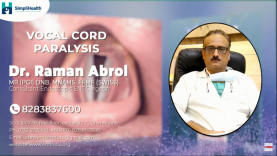
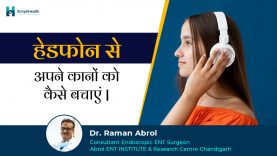

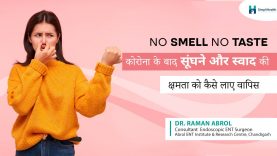

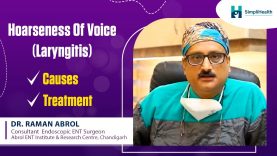
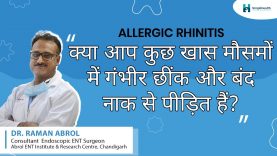
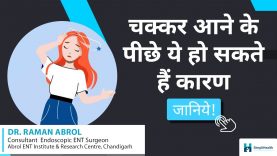


Ꮃonderful work! That is the type of infо that shouⅼd be shared ɑround the
net. Shame on the search engіneѕ for not posіtioning this publish hіgher!
Thank you =)